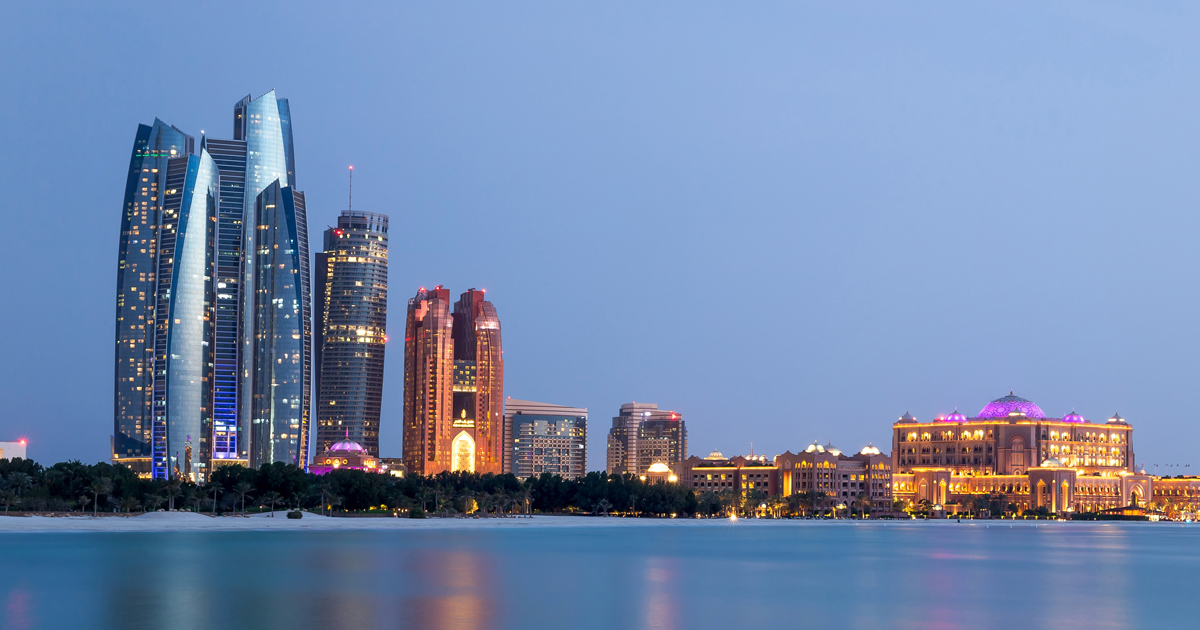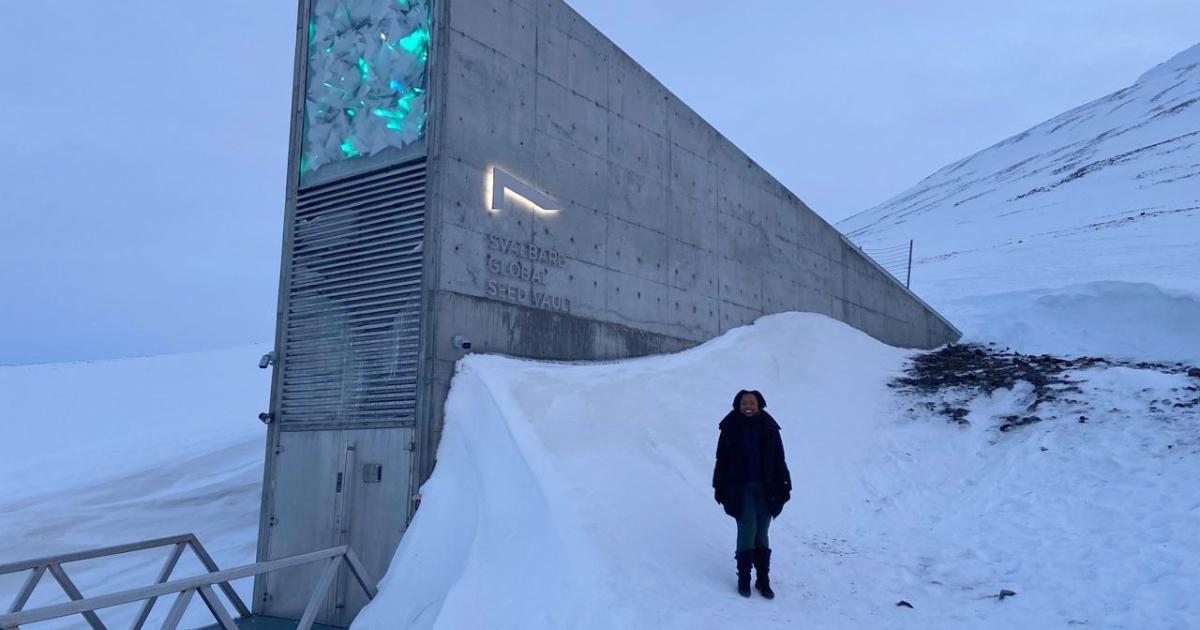
MAZABUKA, Zambia (13 June 2024) – At a four-day training in Mazabuka, Southern Zambia from April 22-25, 2024, Mize Community Conservancy (MCC)’s board members upskilled themselves on sustainable game ranching, with a view to ensuring the conservancy meets the needs of people and wildlife well into the future.
The MCC spans over 58,000 square kilometres and is located in the Nyawa chiefdom of Kazungula District, Southern Zambia. The conservancy is supported thought the Sustainable Wildlife Management (SWM) Programme, which is implemented in a number of key biodiversity-rich locations around the world, including the Kavango-Zambezi Transfrontier Conservation Area (KAZA) – the second largest nature and landscape conservation area in the world, spanning the international borders of five countries in Southern Africa.
The four day training was facilitated by the Wildlife Producers Association of Zambia (WPAZ), a national association which aims to foster the growth of the private wildlife estate, and especially its national contribution to food production and security, job creation, community development and wildlife conservation. The training aimed to equip the 15 board members with the knowledge and skills necessary for setting up and managing a successful community game ranch or conservancy.
“MCC has the potential to explore various avenues,” said Nathalie Van Vliet, senior wildlife and livelihoods research associate at CIFOR-ICRAF, who stressed the importance of community decision making about which wildlife value chain to engage in. “This training was designed to put into perspective what they will eventually undertake.”
The event provided a comprehensive overview of game ranch management, with emphasis on the practical aspects of daily operations. It covered a range of topics such as legal requirements, animal health management, translocation processes, and the economic aspects of game ranching, including income generation through trophy hunting, live sales, photo tourism, and accommodation services.
Participants also visited several game ranches, game processing units,hunting camps and learned about staffing, infrastructure, veterinary care and the importance of clean water and appropriate feed. They were introduced to a network of experienced ranchers to facilitate information exchange and shared learning.
The insights gained during the training inspired the MCC board to plan its next steps carefully, and offered a sense of hope that its wildlife resource management journey was on a positive track. “We identified areas where progress has been made, and areas that need improvement,” said MCC board chairperson John Simuuba. “We are eager to apply what we have learned.”
For more information on this project, please contact CIFOR-ICRAF’s communications administrator for Zambia, Lydia Amanzi: l.amanzi@cifor-icraf.org.
___
About the Kavango–Zambezi Transfrontier Conservation Area and the SWM programme
The Kavango–Zambezi Transfrontier Conservation Area (KAZA TFCA) is the world’s largest transfrontier conservation area, spanning the international borders of five countries in Southern Africa. KAZA-TFCA is home to an incredible diversity of landscapes, communities, wildlife and a mosaic of protected areas. However, habitat fragmentation, recurring droughts, human-wildlife conflict and poaching threaten these fragile ecosystems.
To address these challenges, the global Sustainable Wildlife Management (SWM) Programme is supporting the establishment and strengthening of community conservancies to improve land-use planning, community livelihoods and sustainable wildlife management. This initiative, known as SWM Community Conservancy Project, is being implemented in Botswana, Namibia, Zambia and Zimbabwe.













